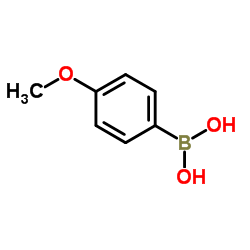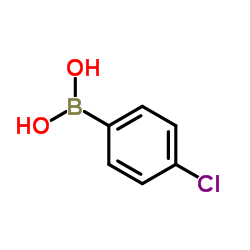| Structure | Name/CAS No. | Articles |
|---|---|---|
 |
4-Methoxyphenylboronic acid
CAS:5720-07-0 |
|
 |
(4-Chlorophenyl)boronic acid
CAS:1679-18-1 |